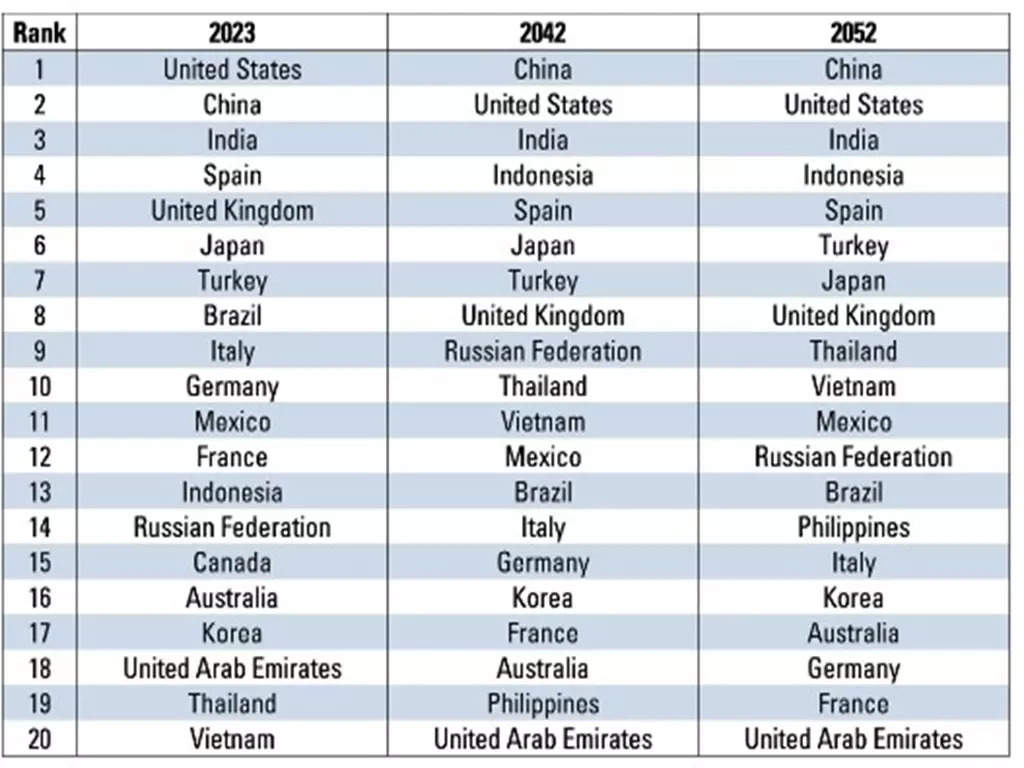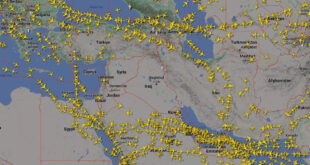[ad_1]

ACI World released its annual World Airport Traffic Forecasts (WATF) 2023–2052 dataset, unveiling key insights into air travel demand and trends for the next three decades. Among the highlights, it was noted that the passenger numbers are forecasted to double by 2042 and soar to 2.5 times higher by 2052 compared to 2024 figures.
At the dawn of 2024, global passenger traffic is poised to hit 9.7 billion, surpassing pre-pandemic levels for the first time since COVID-19 gripped the world.
Projections indicate a steady ascent in global passenger traffic, with a compound annual growth rate (CAGR) of 4.3 per cent from 2023 to 2042, followed by a slightly moderated growth of 3.6 per cent from 2042 to 2052.
By 2024, international passenger traffic is anticipated to approach the 4 billion mark, while domestic passenger traffic is projected to reach 5.7 billion, stated the forecast.
Looking further ahead to 2042, international passenger traffic is expected to surge to 8.7 billion, with domestic traffic hitting 10.6 billion.
The dynamics of the global passenger market are expected to undergo a notable shift, with emerging and developing economies taking the lead.
In 2023, the leading spots among the top 20 markets for total passenger traffic are held by the US, China, India, Spain, and the UK. However, by 2042 and 2052, China takes the lead, followed by the US, India, Indonesia, and Spain, reflecting a shift in global air travel dynamics over the years.
Between 2023 and 2042, these economies are projected to experience a robust compound annual growth rate (CAGR) of 5.4 per cent, fueled by burgeoning population bases and rapid income rises.
ACI‘s latest WATF provides an extended 30-year outlook, incorporating data from 141 countries, including 29 new additions. This resource offers granular forecasts for passengers, air cargo volumes, and aircraft movements at global, regional, and country levels.“The projections indicate that global passenger traffic is set to reach 9.7 billion by the end of 2024, surpassing pre-pandemic levels, and suggest a doubling by 2042 and a 2.5-fold increase by 2052. In the long-term, the global passenger market dynamic is expected to transition from advanced economies towards emerging and developing ones as they experience significant urbanization and population increases, often combined with rapid economic growth favourably impacting their disposable income and willingness to travel,” said ACI World Director General Luis Felipe de Oliveira.
“Investing responsibly in current and new infrastructure remains key to ensuring that we can sustainably meet capacity growth to maximize the social and economic benefits of aviation,” Oliveira added.
Source link






